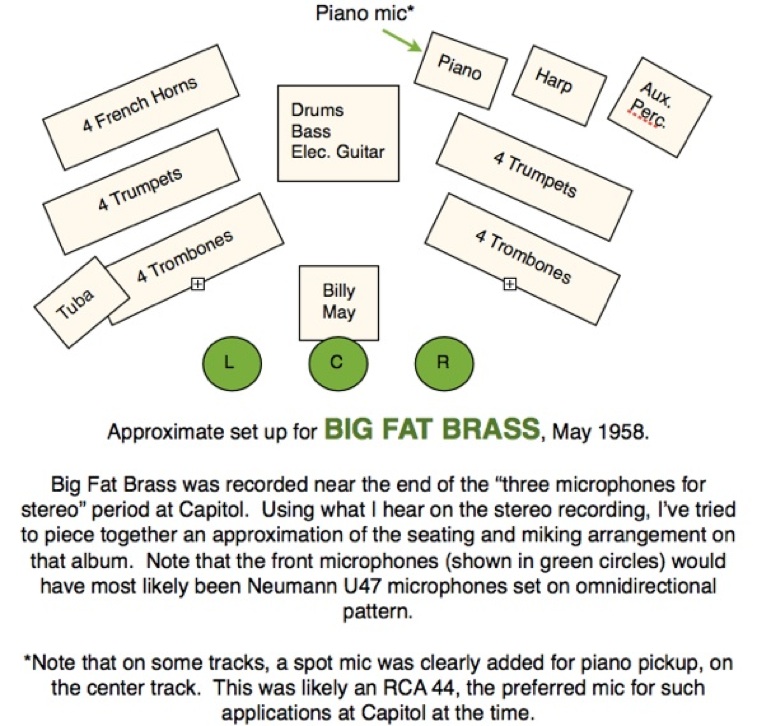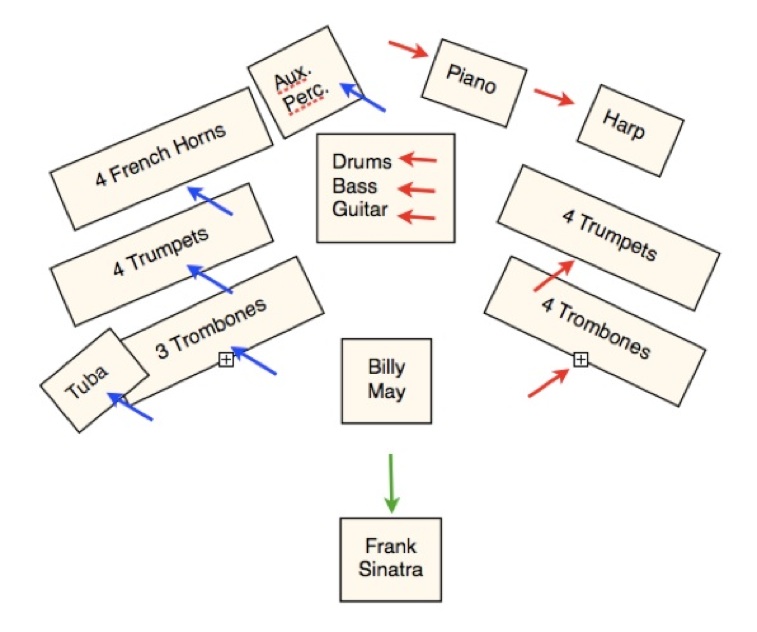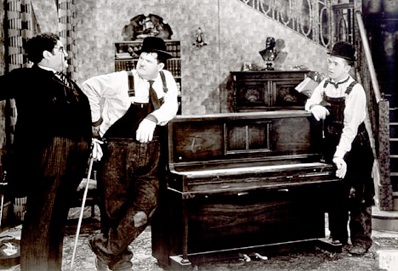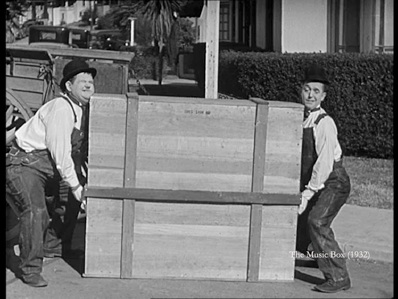Come Swing with Me - 1961
Is the mono mix on this track a fold-down from the original stereo mix? You be the judge.
Prefer the album in mono? Having a hard time finding a mono pressing in good shape? Go find yourself a good sounding stereo version that uses the original mix, and press the mono button on your hi-fi. There. You’ve essentially (but not 100% technically) got the mono mix, or something incredibly close to it, and, considering the poor tone on many of the mono pressings, that’s probably a good move.
Back to that piano mic:
Whether or not the mono mix is a fold-down, it’s still interesting to track that piano mic situation’s eventual resolution. Bill Miller’s piano winds up being more-or-less unheard for much of the March 21, 1961 session’s 4 songs, recorded in this order:
•Yes, Indeed - heard via leakage and the odd little piano/tape overdub, all in the left channel
•American Beauty Rose - No audible piano?
•I’ve Heard that Song Before - No audible piano?
•The Old Black Magic - The piano returns, via some audible knob twiddling (a rarity at Capitol during this time period), properly miked, this time in the right channel, it’s typical, miked position for the bulk of this album.
Recording Come Swing with Me:
As mentioned on page one, the genesis of Come Swing with Me can be found in a May 1958 recording by Billy May entitled Big Fat Brass. It sounds to me as if the studio set-up for Big Fat Brass was along these lines:
The Missing Piano Mic and Overdub
On the first three tracks from the second session (March 21, 1961), the piano mic was apparently not working properly, as three songs, “Yes, Indeed,” “American Beauty Rose,” and “I’ve Heard that Song Before” have a very weak piano sound, with the piano heard only via leakage into a left-channel mic, most likely the “Auxiliary Percussion” mic. On two of those three songs, this is of minor concern, but on “Yes, Indeed,” it apparently led to an odd overdub* situation that was, based on aural evidence, performed directly onto the stereo mixdown master, not onto a 3-track tape.
Below, note that on the Walsh CD remix, the piano is heard “leaking” into the left channel (when properly miked, it is in the right channel), and that the overdub, taken from the MFSL LP that uses the original mix, also has the piano on the left channel. (Again, clips mirror those available freely at Amazon and iTunes.) CLICK PHOTO FOR AUDIO.
Listen BELOW to another sequence of examples using the same musical clip, and listen to the 6 piano chords that Bill Miller plays. You will hear things in this order: 1.) UK mono pressing; 2.) MFSL stereo LP, summed to mono; 3.) MFSL stereo LP in stereo; 4.) Larry Walsh remix. CLICK ON THE PHOTO BELOW:
*Click the photo of Laurel & Hardy to hear the piano which when miked is on the right, but on this track, the mic was off (or otherwise not properly in use), so the piano is heard leaking through a mic on the LEFT channel, making Bill Miller’s brief chordal solo bit too weak on the 3-track, introducing the need for either an overdub or some sort of tape-on-tape superimposition, quickly faded in and out, to bring the piano part up to acceptable volume levels.
Above, all the blue arrows indicate mics on the left channel, all red arrows indicate mics on the right channel, and the green arrow represents Frank Sinatra’s mic in the center.
Edit Differences on I’ve Heard that Song Before:

Have a listen to the original 7.5 ips reel of the stereo mix, courtesy SH.TV member “stevelucille.” Click 01 Brassmen's HolidaySHTV.mp3 to listen. By the time of Come Swing with Me, a more multi-mic, mono-compatible stereo set-up was the norm. Although the physical seating arrangement was probably very similar to that used on Big Fat Brass, the mic arrangement was significantly different, with probably each mic being directional (maybe not the drum mic), each hard-panned, i.e., assigned to a specific tape track, either left or right, with Frank being alone on the center track, something more like this:

On the album’s final cut, there is an intercut in the original mix as well as in the Walsh 1991 remix (where its recreation is very well approximated) that is not present on three remixed CD issues that include this track. According to SH.TV member bob f, the three unedited issues are:
1990… THE CAPITOL YEARS (US)
1996… THE COMPLETE CAPITOL SINGLES COLLECTION
1996… FRANK SINATRA SINGS THE SELECT SAMMY CAHN
To my ears, the edit appears to start at about 1:27 and concludes at 1:42.
You can hear the likely cause of the splice, a blatant trumpet clam right at the end of the word “me.” You will hear the unedited stereo mix from the 1990 The Capitol Years 3-disc set (with the clam), then the edited stereo mix heard on all original-mix issues of the complete album, the MFSL pressing in this case. CLICK TrumpetClam-Furmanek-MFSL.mp3 TO LISTEN. (Clips are also available free of charge at the iTunes. No free music giveaways here!)
Finally, here is another way to hear the difference, with the left channel from The Capitol Years, and the right channel the original mix. Click ItSeems FurmanekLeft-MFSLRight.mp3 to listen.
Tape source problems on 1998 and 2015 releases:
These are discussed on the next page. CONTINUE TO PAGE FOUR!


